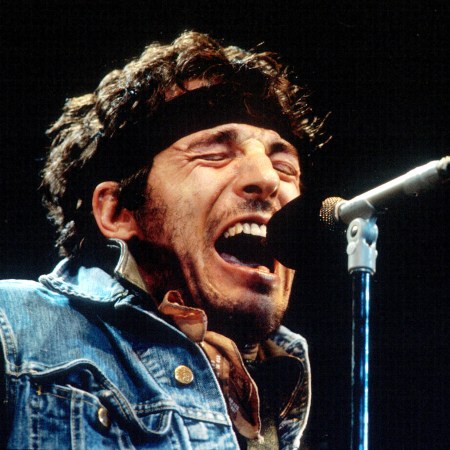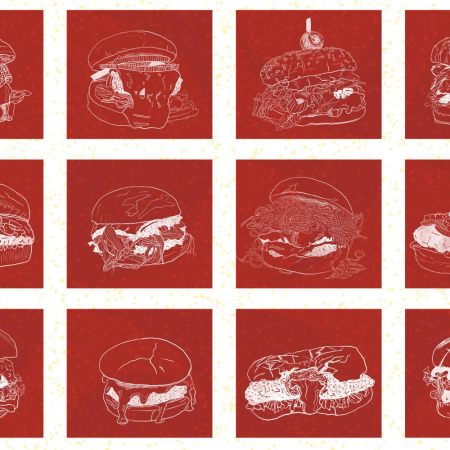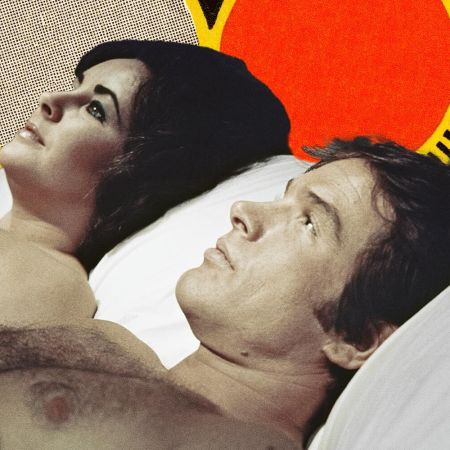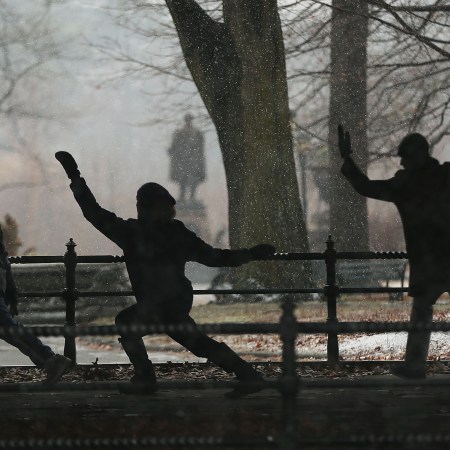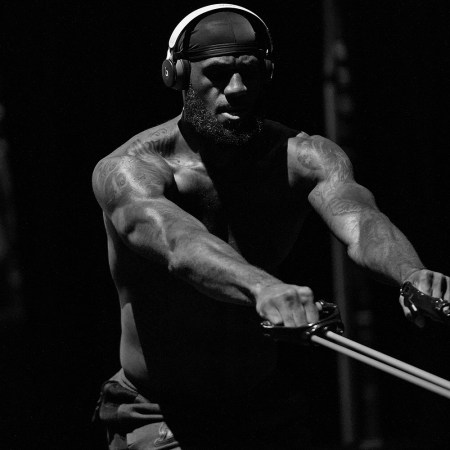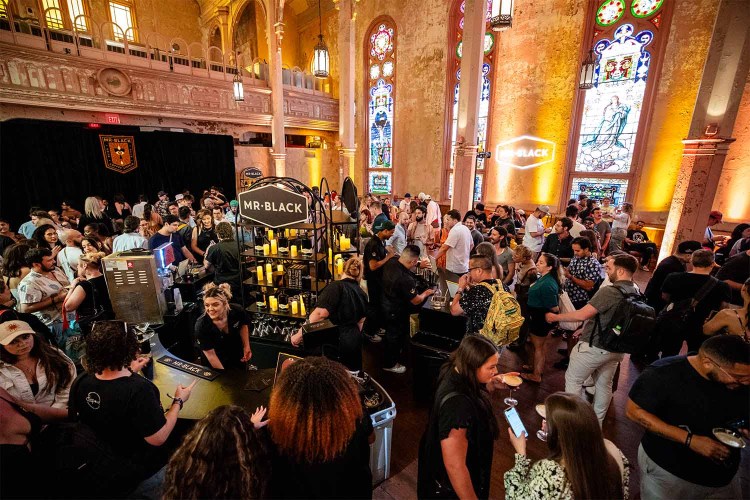Back in 2016, nonprofit watchdog National Center on Sexual Exploitation sent a letter to RevContent to slam the a fast-growing content marketing network for the way it featured women. The marketing network frequently featured close-ups of women’s breasts or ran ads for mail-order bride services. NCOSE did not get a response for 18 months — until after the Harvey Weinstein scandal helped change the public discourse.
Last fall, RevContent’s founder and CEO, John Lempe, reached out for help in how to reduce the racy ads. Lempe credits the birth of his second daughter for his sudden desire to clean up the company, reports Wired. But he also referenced the #MeToo movement as a reason for the start-up’s newfound “wokeness.”
While these reasons sound good to the public, there is another reason RevContent and places like it need to clean up their act: premium advertisers are growing increasingly wary about material that surfaces near their brands on the web. Laying off the cleavage shots, as Wired puts it, is in fact a marketing opportunity. Previously, in an attempt to get anyone’s click — and compete with Google and Facebook — marketing companies had to use questionable tactics, like outrageous headlines and salacious photos. But now, companies are worried their ads will display on the same screen as hate speech or pornography, reports Wired.
Thanks for reading InsideHook. Sign up for our daily newsletter and be in the know.


